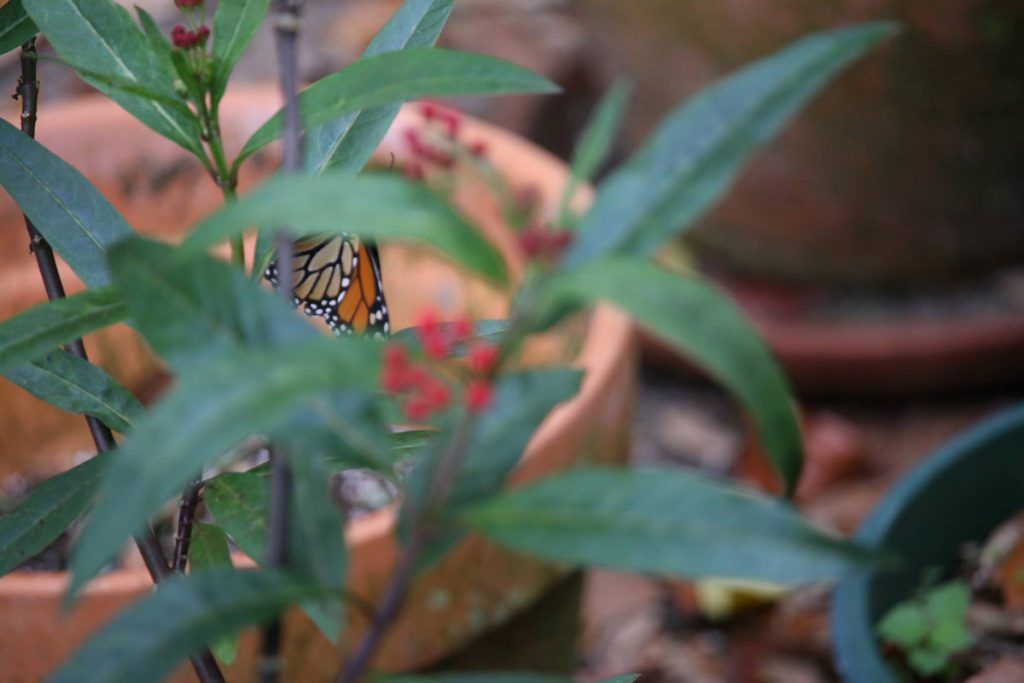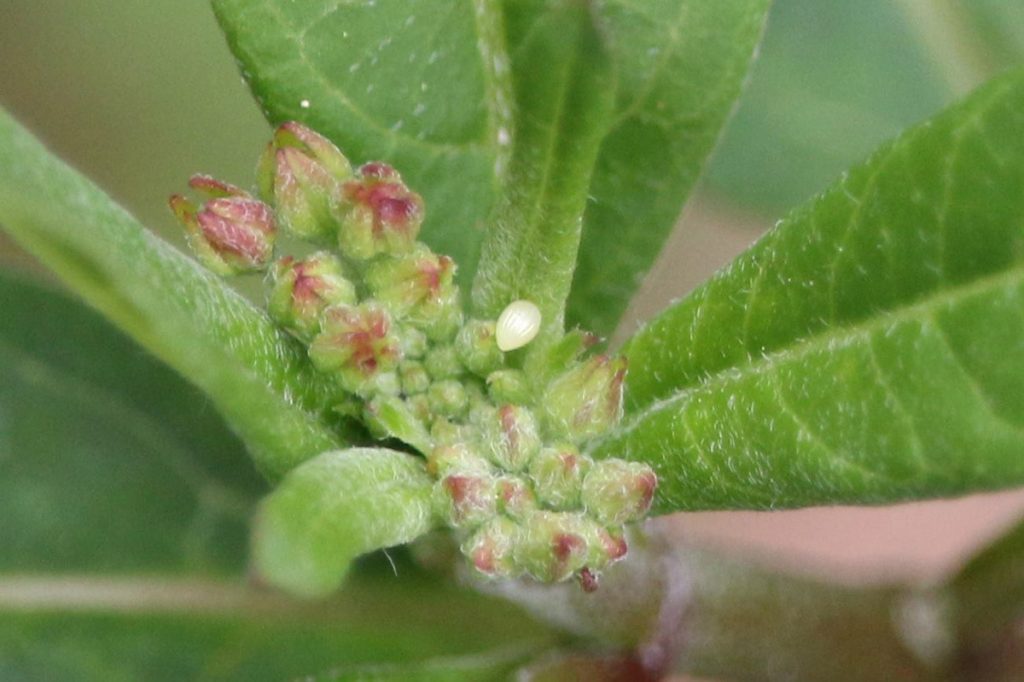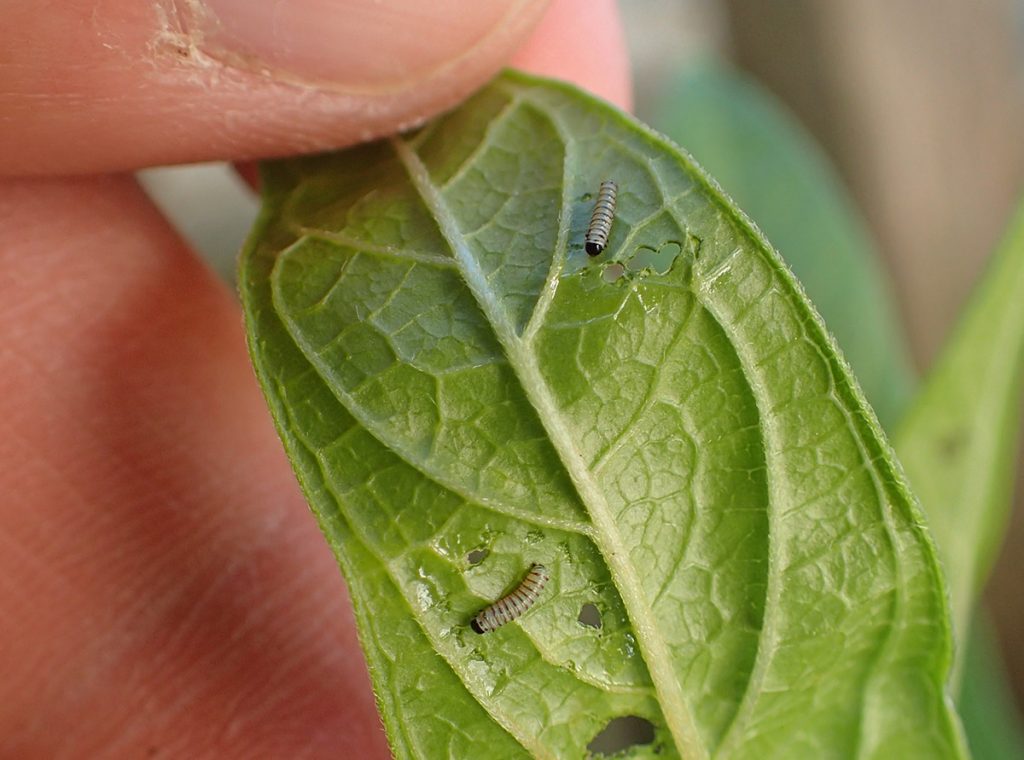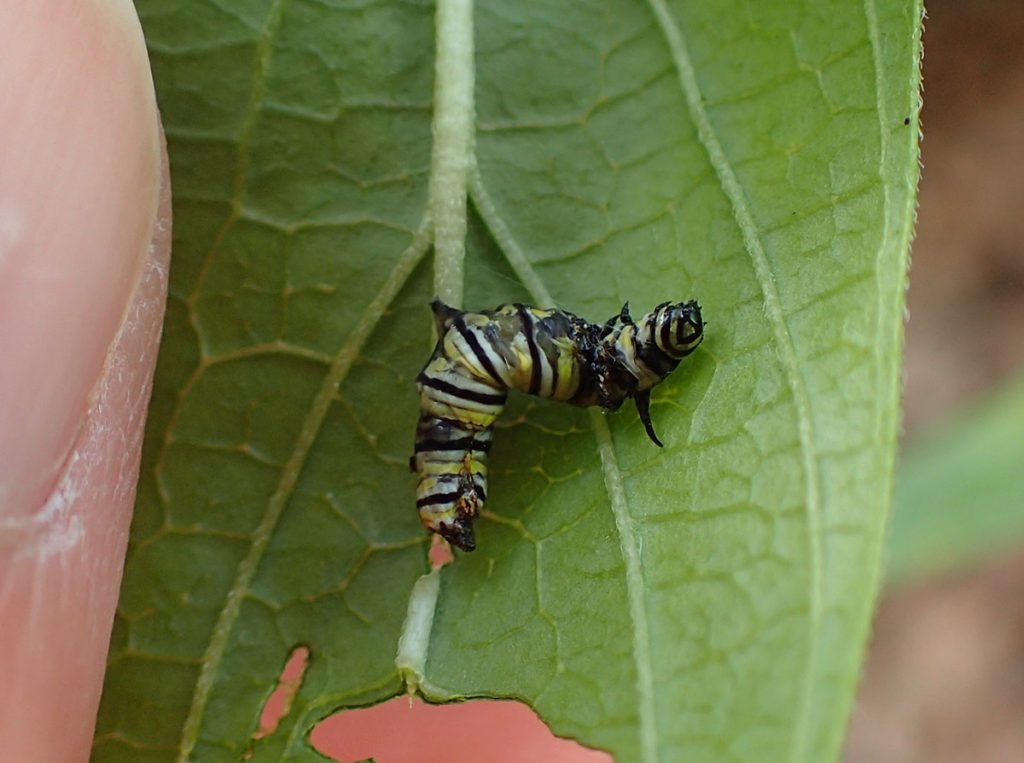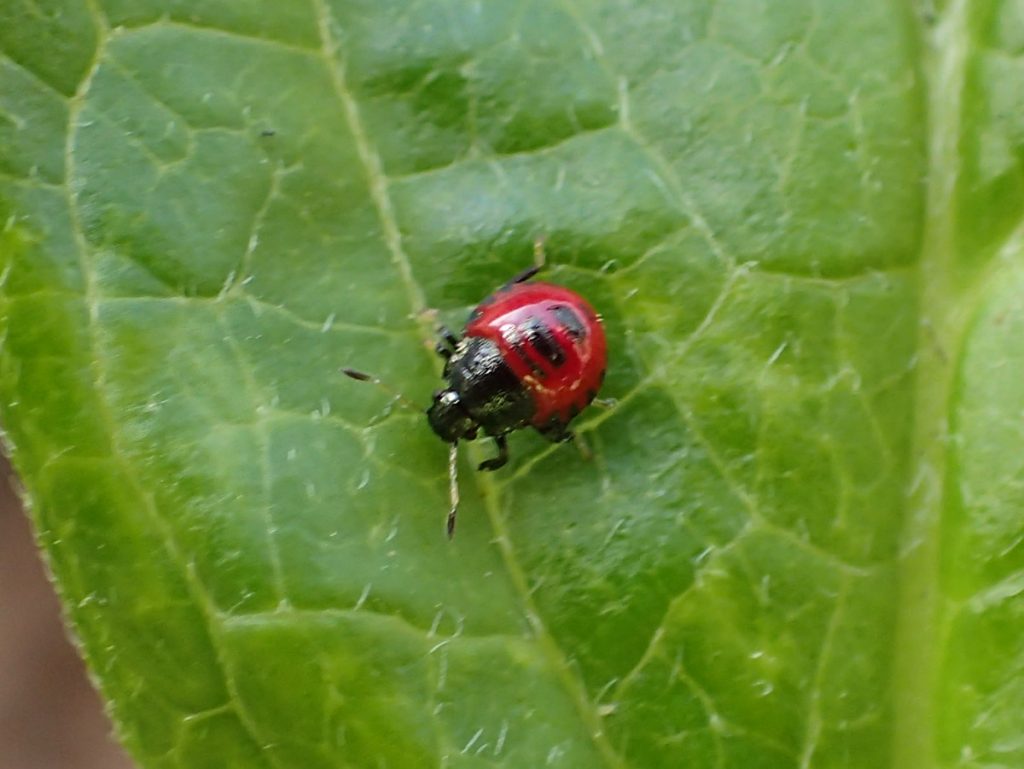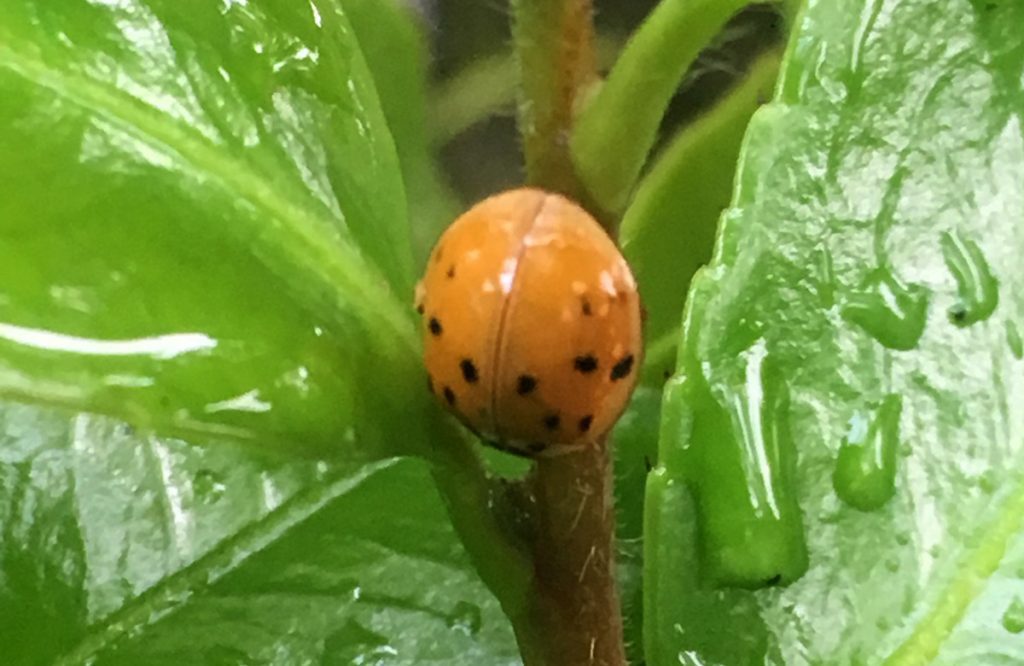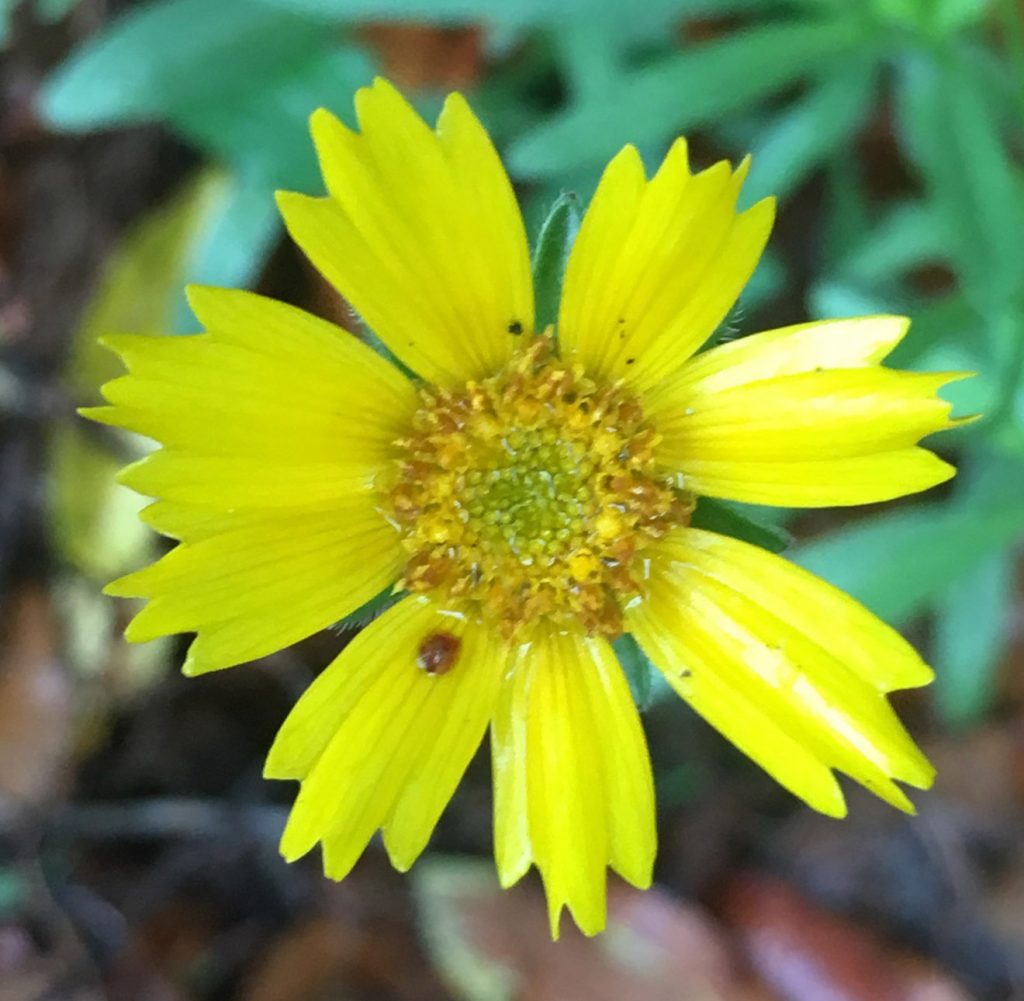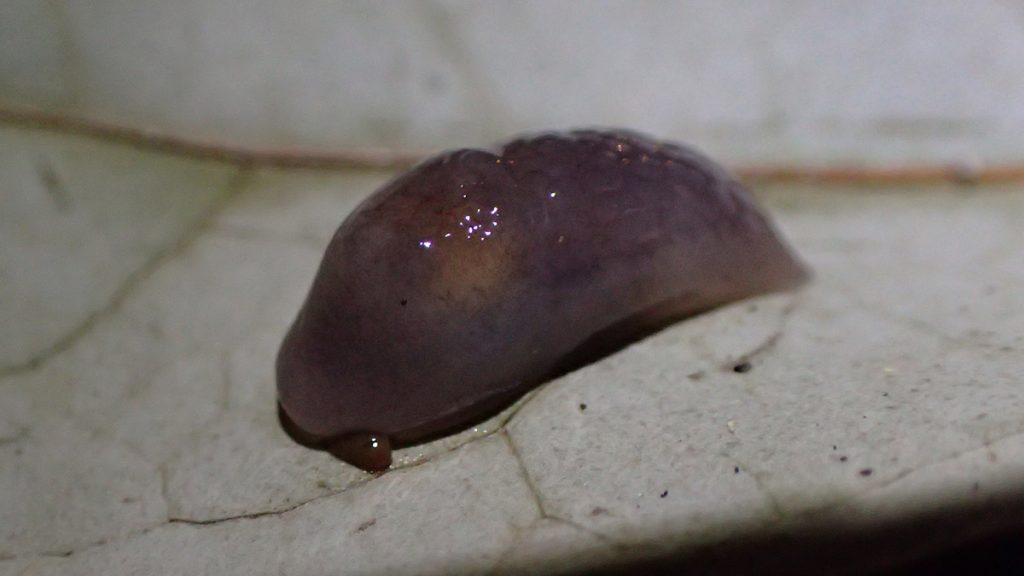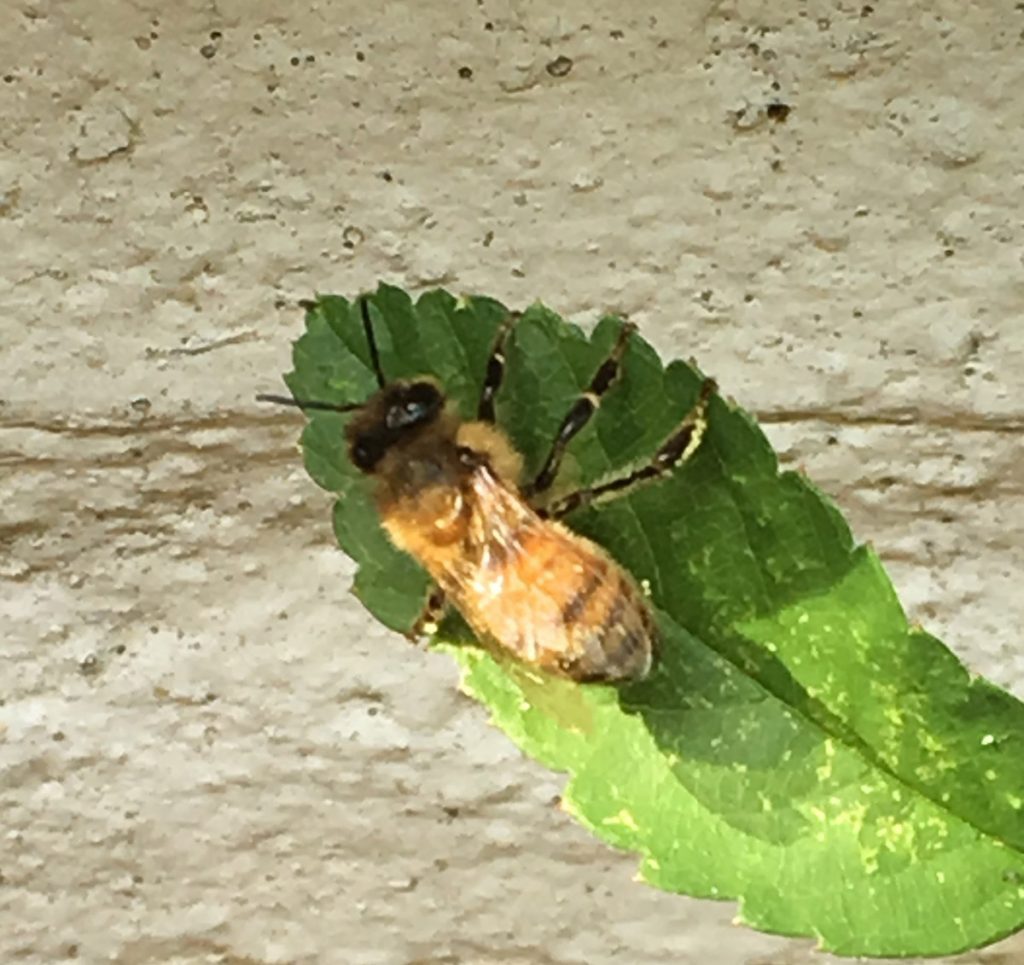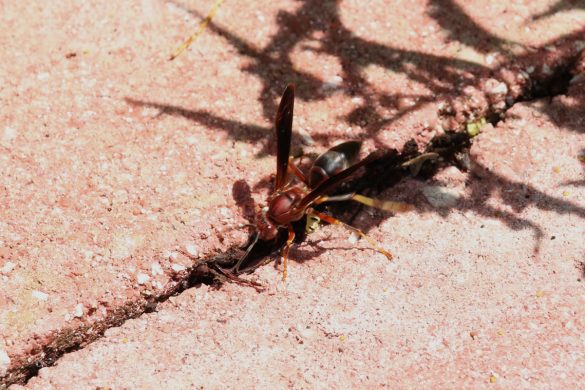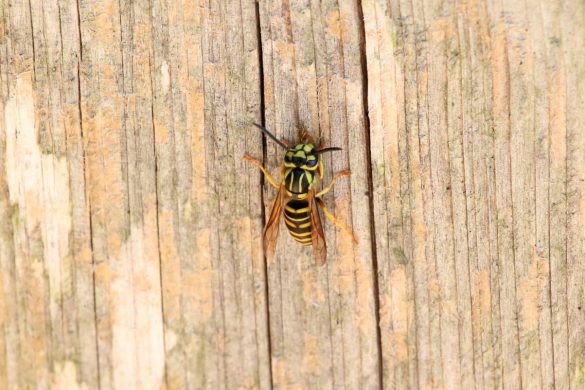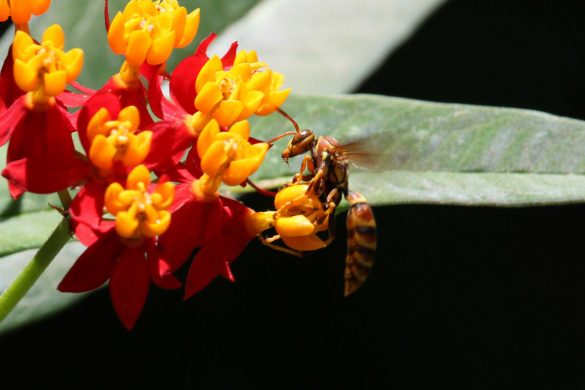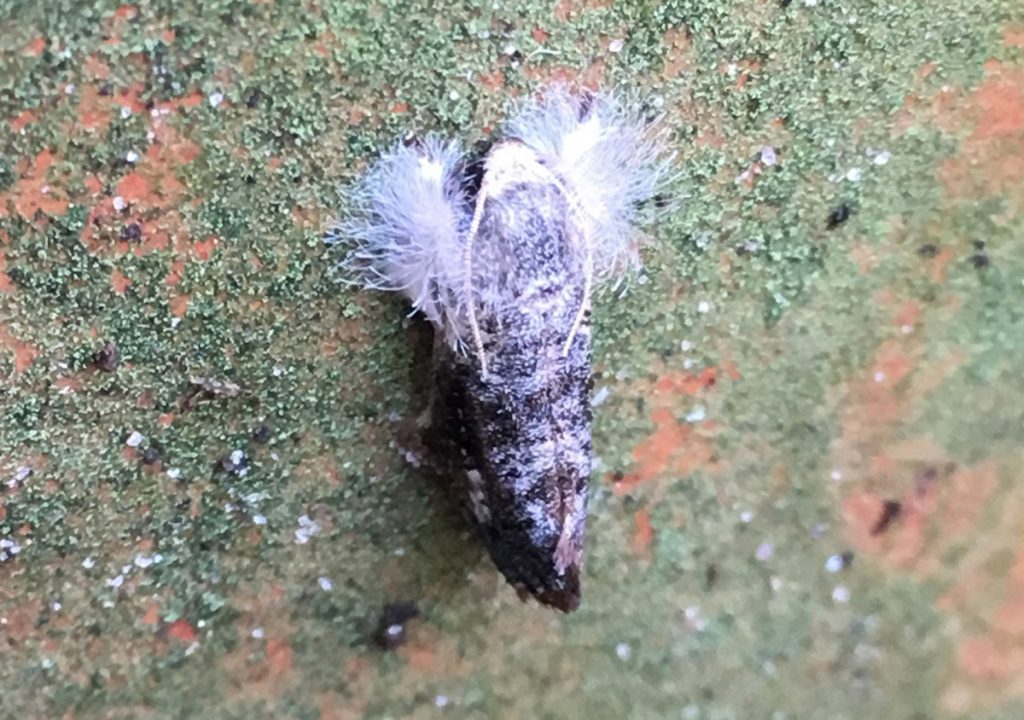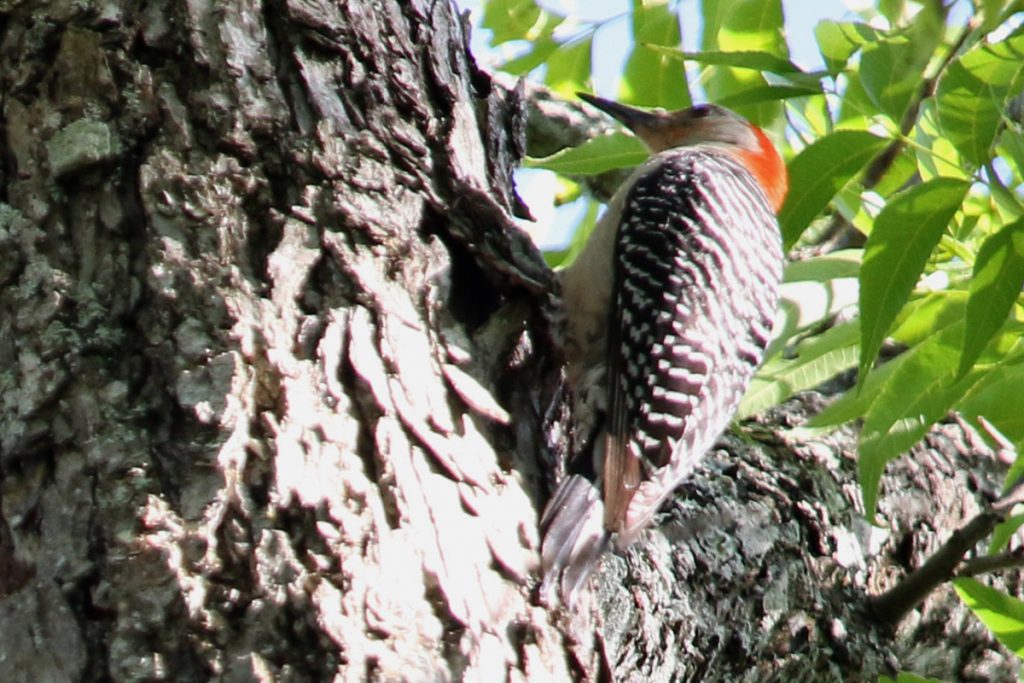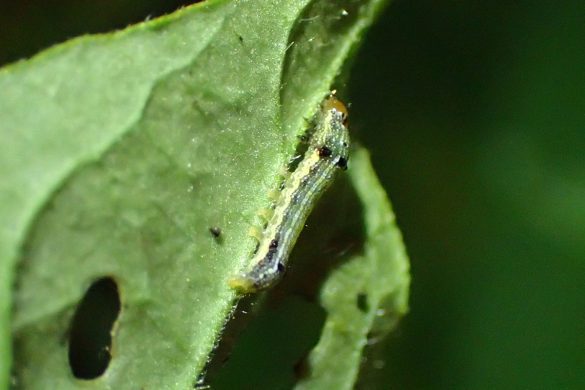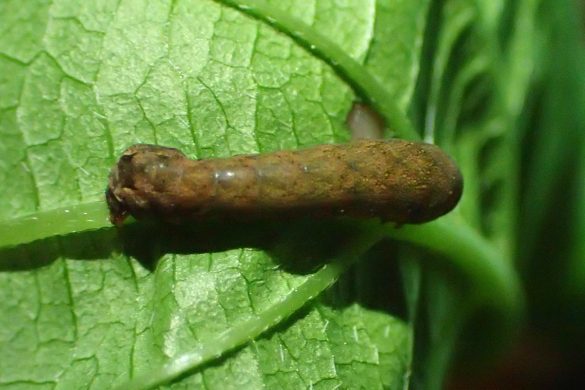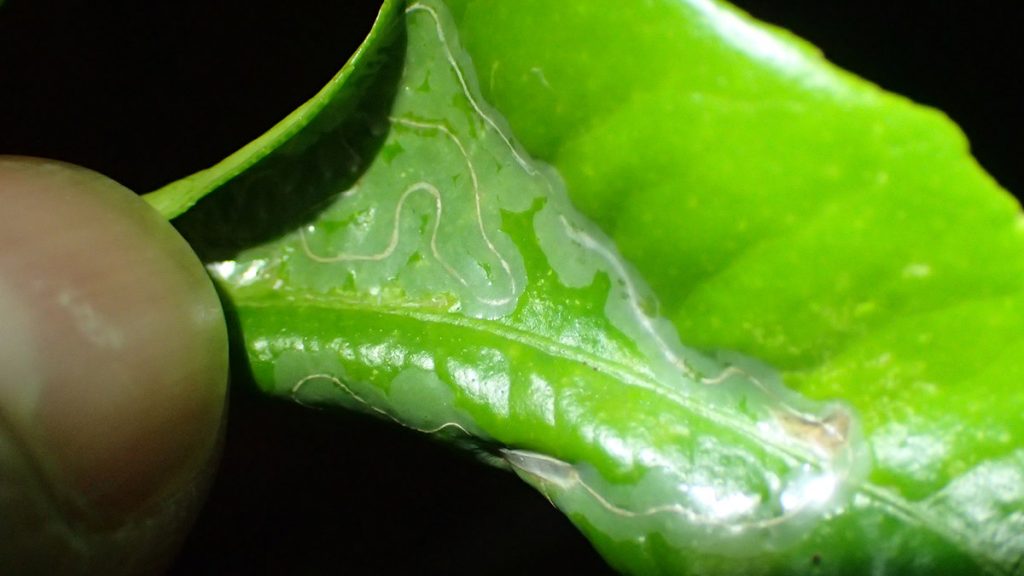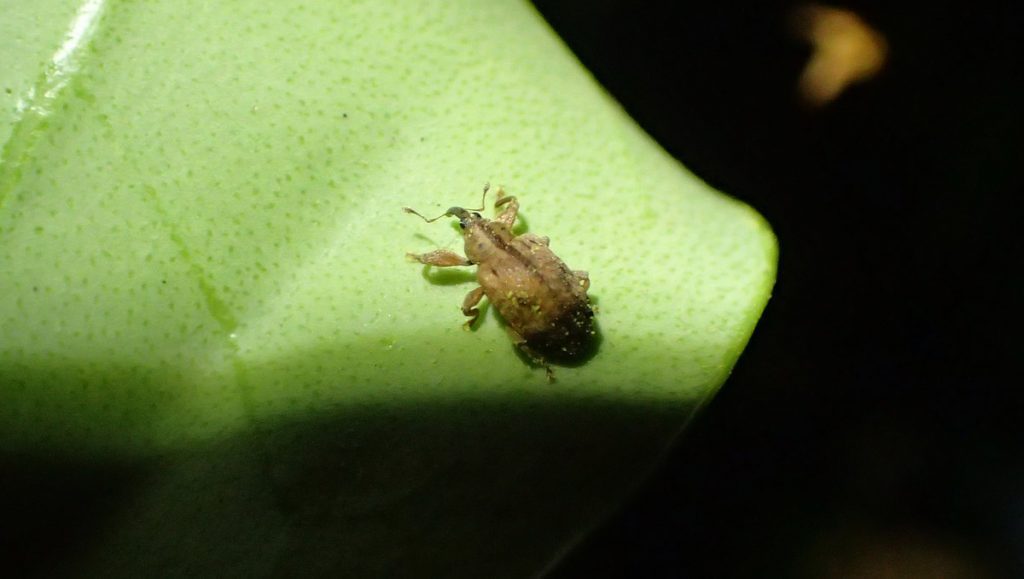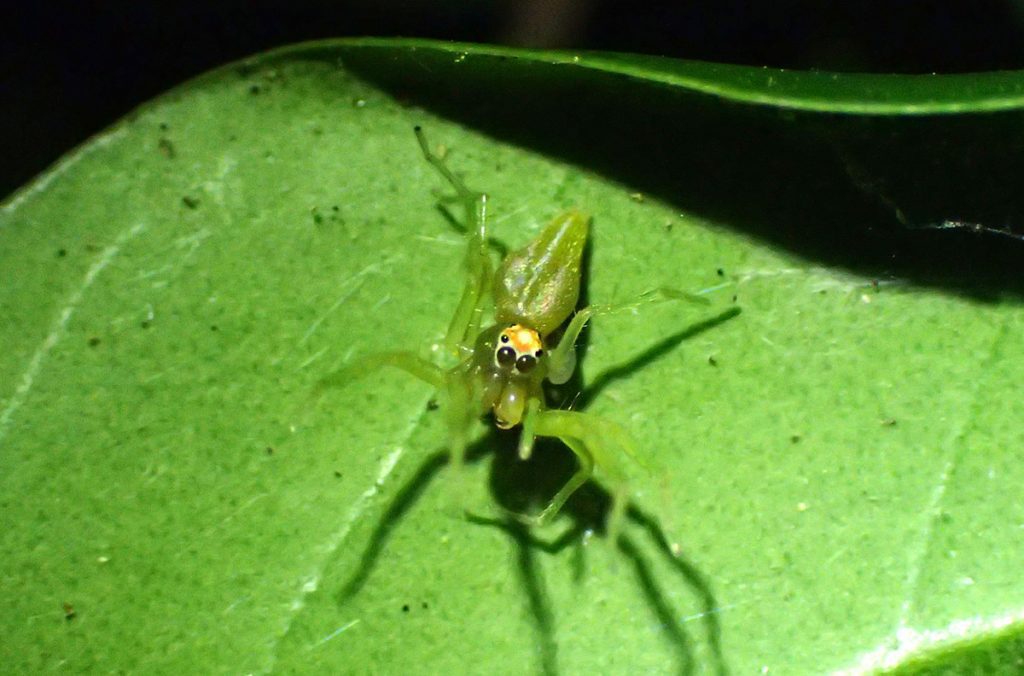April is when the yard started coming alive this year. I was actually kind of busy, and didn’t take nearly as many photos as I could have… for most of the month. Two things got me out with a camera. One was the arrival of our first monarch batch. Last year, we didn’t get our first caterpillars until July. But we had a much warmer winter, favoring an earlier migration. As always, I like to document these critters.
The second thing which generated a bunch of photos was the City Nature Challenge. We at WFSU, and our partners, had been putting so much time in leading up to this event, and especially EcoCitizen Day on April 27. Our goal was to observe as many living things as possible on iNaturalist between April 26-29. EcoCitizen Day was the main event of the Challenge. Once April 26 arrived, however, I really wanted Tallahassee to win. So I took a lot of photos, especially on the two days after EcoCitizen Day. As I wrote on my City Nature Challenge recap, over 20% of my 204 observations came from right in my yard. And whenever you make yourself pay close attention to your yard, you will see new critters and animal behaviors.
The first observation I made was- you guessed it- a monarch caterpillar.
Browse additional Backyard Blog entries.
First Monarchs of the Year
As I mentioned on February’s Backyard Blog, I saw my first monarchs of the year in February at the St. Marks Refuge. I had a good discussion with Refuge ranger Scott Davis about what it meant to see the migratory butterfly so early in the season. Yes, we were having a warm winter, so the pair we saw might have flown from Mexico early. On the other hand, warmer winters seem to be contributing to permanent population in Florida. After all, cold temperatures shut down the monarch’s reproductive system (they make a multi-generational journey north, females laying eggs at the end of each leg) and fly south. And, as Scott told us, native aquatic milkweed and non-native tropical milkweed keep leaves throughout the winter. So we didn’t know if we were witnessing the beginning of a migration.
It ended up being another couple of months before we saw the first wave hit Tallahassee in earnest. In other years, I checked leaves more frequently than I had been this year. Luckily, on April 13, I caught mommy in the act of ovipositing, or laying eggs.
As I mentioned in the 2018 Backyard Bug Blog, I started entering data from my yard in the Monarch Larva Monitoring Project. I chose to enter information by plant, in my case 5 tropical milkweed (Asclepias curassavica) and three aquatic milkweed (Asclepias perennis). I entered ten eggs overall, nine on tropical and one on aquatic.
Within a week, we had holes on the leaves.
On April 21, I entered two eggs and nineteen first instar caterpillars. Still, only one caterpillar on the three aquatic milkweed plants, which were on the opposite side of the yard from the tropical.
My third entry came during the City Nature Challenge, on April 28. I was down to nine caterpillars. Fifteen days after the first eggs were laid, maybe some of the caterpillars made chrysalides. But I didn’t see any, and two weeks is fast for a monarch to go from new egg to chrysalis. And also, I entered data for two dead caterpillars.
iNaturalist and the Mystery of the Dead Monarchs
Next to one dead monarch, I saw this insect:
My initial instinct was that it was a lady beetle species. There are over 5,000 species of lady bugs in the world, and just under 100 in Florida. But so far all I’d seen in my garden were Asian lady beetles, a non-native:
Researching monarch deaths in my yard a couple of years back, I learned that ladybugs do eat small caterpillars. Could this creature have been the culprit?
I uploaded a photo of it to iNaturalist, and the lady beetle species that I thought came closest was spotless lady beetle. Luckily, the iNaturalist community set me straight. The insect was a juvenile stinkbug. Many stinkbug species look similar at this stage, so I couldn’t learn exactly what it was. So it wasn’t a beneficial insect that happens to kill caterpillars. It was in fact a plant eating pest.
Wildflowers in the yard
I wasn’t having much luck with wildflower seeds this spring. After a promising start to my milkweed seeds last month, my sprouts had all disappeared. This was around the time I started seeing non-monarch damage to my milkweed. Little monarch caterpillars leave holes on leaves, and cut clean edges. I’m guessing this is what ate the little nearby wildflower sprouts:
Across the yard, however, I started seeing wildflower buds, which bloomed into the coreopsis pictured above. I planted these from seeds I received from the Florida Native Plant Society. For all the places I broadcast wildflower seeds that didn’t work, I was surprised to see these growing in the little bit of dirt poking out from under my fence. We had a few good weeks of these blooms, which poked out from behind the edge of a raised bed. Then they started getting scorched by the sun. Interestingly, some of the flowers seemed to adapt, and bloomed just below the edge of the beds.
The 2019 City Nature Challenge
To recap, I made over 20% of my 204 observations in the City Nature Challenge right in my yard. One was the Honey bee pictured above.
A lot of my observations were wasps and the typical bird feeder visitors, such as cardinals and house finches. I did find this moth kind of interesting:
And my wife, Amy, pointed out tis red bellied woodpecker on our pecan tree:
It seems we often see woodpeckers on this tree in the spring. I’ve wondered if this was because we spend more time eating on our porch between the coldest and hottest times of year. Or maybe there is more insect activity in the bark of the tree, at least those species preferred by woodpeckers?
And then I ended the City Nature Challenge with a five minute bioblitz in the yard, during which I made seven observations. This was just before midnight. This is an excellent time to observe insects and spiders in the yard, and see some different species at work than you’ll see during the day.
Many of them are pests, of course. I saw an armyworm and a cutworm:
These are both moth caterpillars that spend their daytime hours in the dirt next to your plants.
Another pest is the citrus leaf miner:
This is another moth caterpillar, which makes a distinctive enough pattern on citrus leaves to have iNaturalist recognize it immediately.
And another pest:
The alfalfa weevil is an agricultural pest introduced from Europe.
I did see one beneficial animal, a magnolia jumping spider. It wasn’t far from that weevil, in fact.
The other two observations were the slug I posted above, and a common earthworm I found by kicking over some leaves. Seven observations in just a few short minutes. Again, and this is the purpose of this section of the blog, there’s quite a lot to see in the yard when you just stop and take a look.
May, June, and July get even more active than April. I’ll do my best to get those months done while finishing a story on sinkholes and the aquifer. We have a few good stories lined up, so stay tuned!
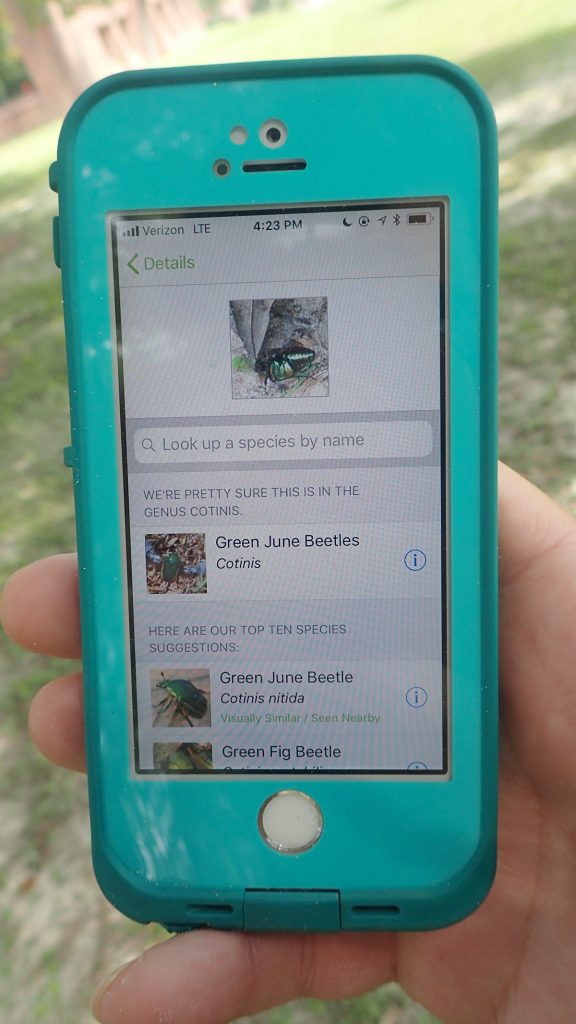
Apps and Citizen Science mentioned in the Backyard Blog
iNaturalist
Identify plants, animals, lichens, and fungi in your yard. Other users correct your identifications if you’re wrong, and even if they don’t, it can be a good springboard to further research.
Seek by iNaturalist
Instant identification, and it doesn’t record your location. This is a good option for kids with phones.
Monarch Larva Monitoring Project
Enter information about monarch caterpillars in your yard, and help researchers get a sense of the health of the monarch population that year, and how and when they’re migrating.
Great Sunflower Project
Record the number of pollinators visiting your flowers, and help researchers map pollinator activity across the country.
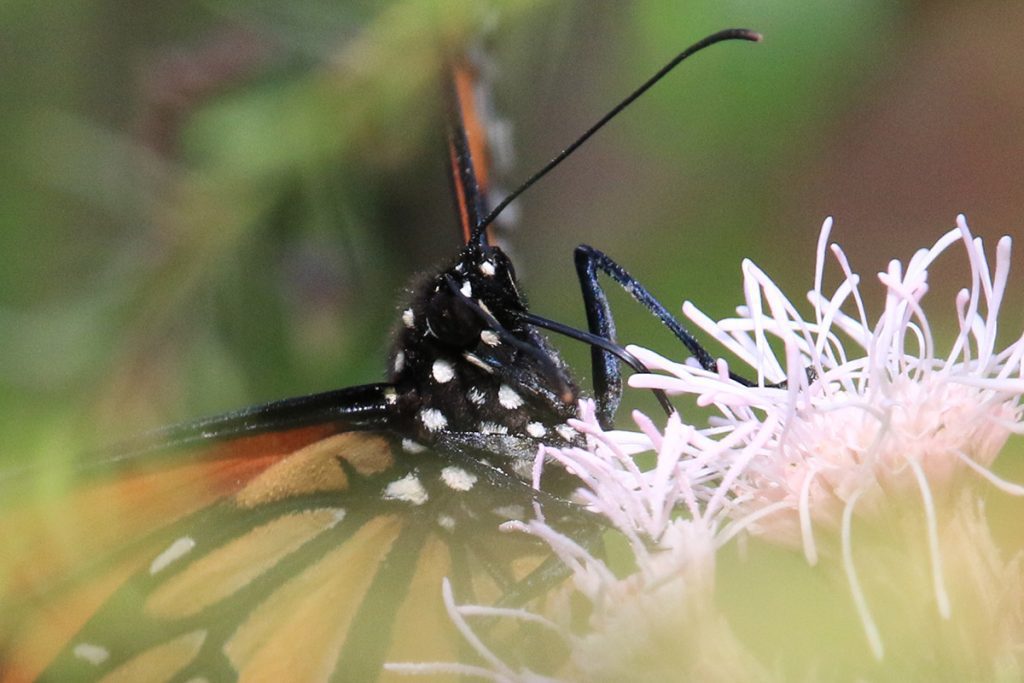
Dig Deeper into Backyard Ecology
What can we do to invite butterflies, birds, and other wildlife into our yards? And what about the flora and fauna that makes its way into our yards; the weeds, insects, and other critters that create the home ecosystem? WFSU Ecology Blog takes a closer look.


